The Omnichannel Retail Commerce Platform market is characterized by a dynamic competitive landscape, driven by the increasing demand for seamless customer experiences across various channels. Key players such as Shopify (CA), Salesforce (US), and Adobe (US) are at the forefront, each adopting distinct strategies to enhance their market positioning. Shopify (CA) focuses on empowering small to medium-sized enterprises through user-friendly tools and integrations, while Salesforce (US) emphasizes its robust customer relationship management capabilities to facilitate personalized shopping experiences. Adobe (US), on the other hand, leverages its strengths in digital marketing and analytics to provide comprehensive solutions that enhance customer engagement across platforms. Collectively, these strategies contribute to a competitive environment that prioritizes innovation and customer-centric approaches.
The market structure appears moderately fragmented, with a mix of established players and emerging startups vying for market share. Key business tactics include localizing services to cater to regional preferences and optimizing supply chains to enhance efficiency. This competitive structure allows for diverse offerings, enabling companies to differentiate themselves through tailored solutions that meet specific consumer needs. The influence of major players is significant, as their strategic initiatives often set industry standards and drive overall market growth.
In September 2025, Shopify (CA) announced the launch of its new AI-driven analytics tool designed to provide merchants with deeper insights into customer behavior. This strategic move is likely to enhance the platform's value proposition, enabling retailers to make data-driven decisions that improve sales and customer satisfaction. By integrating advanced analytics, Shopify (CA) positions itself as a leader in providing actionable insights, which could potentially attract more businesses seeking to optimize their operations.
In August 2025, Salesforce (US) expanded its partnership with a leading logistics provider to enhance its omnichannel fulfillment capabilities. This collaboration aims to streamline the supply chain process, allowing retailers to offer faster and more reliable delivery options. The strategic importance of this partnership lies in its potential to improve customer satisfaction and retention, as efficient logistics are increasingly critical in the competitive retail landscape. By enhancing its fulfillment network, Salesforce (US) strengthens its position as a comprehensive solution provider in the omnichannel space.
In July 2025, Adobe (US) unveiled a new suite of tools aimed at integrating augmented reality (AR) into the shopping experience. This initiative reflects a growing trend towards immersive shopping experiences, which are becoming essential in attracting tech-savvy consumers. The strategic importance of this development is multifaceted; it not only enhances customer engagement but also positions Adobe (US) as a pioneer in leveraging cutting-edge technology to redefine retail experiences. As AR becomes more prevalent, Adobe (US) could gain a competitive edge by offering innovative solutions that resonate with modern consumers.
As of October 2025, current competitive trends in the Omnichannel Retail Commerce Platform market include a pronounced focus on digitalization, sustainability, and the integration of artificial intelligence. Strategic alliances are increasingly shaping the landscape, as companies recognize the value of collaboration in enhancing their service offerings. Looking ahead, competitive differentiation is likely to evolve, with a shift from price-based competition to a greater emphasis on innovation, technology, and supply chain reliability. This transition suggests that companies that prioritize these elements will be better positioned to thrive in an increasingly complex and competitive environment.
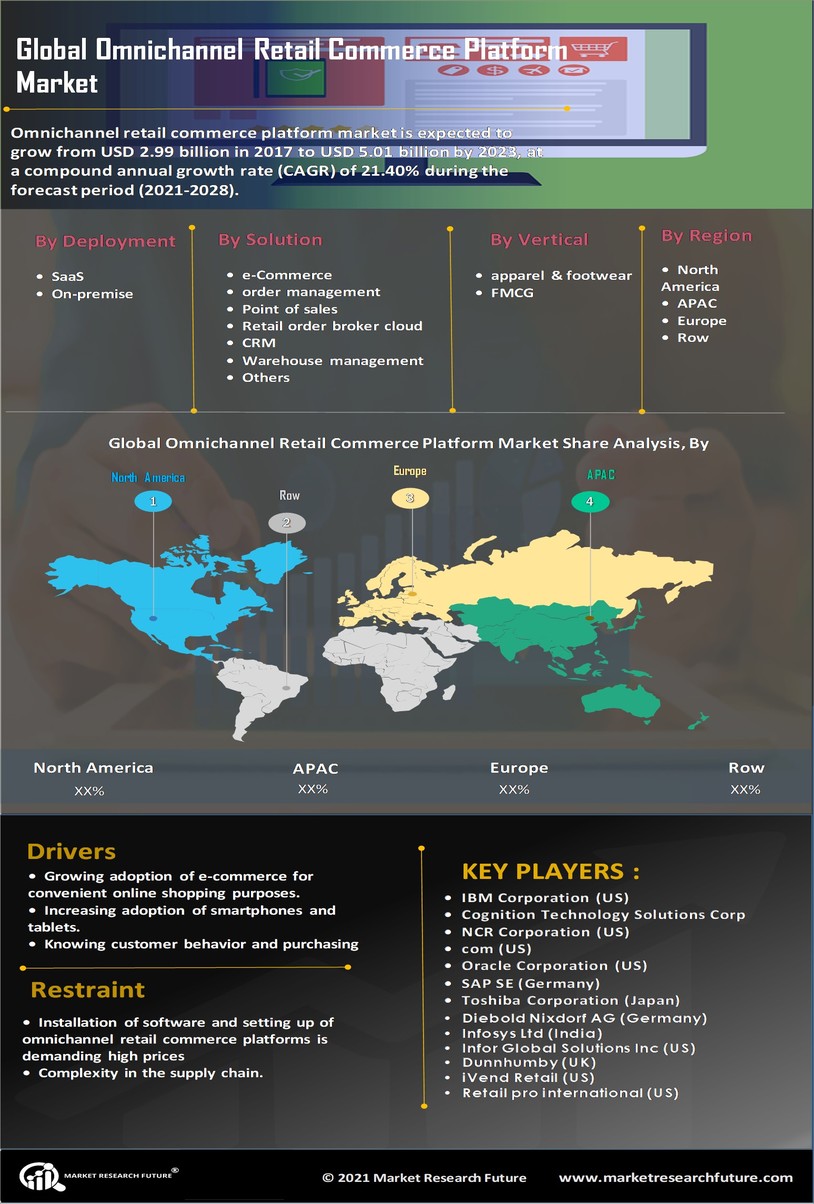

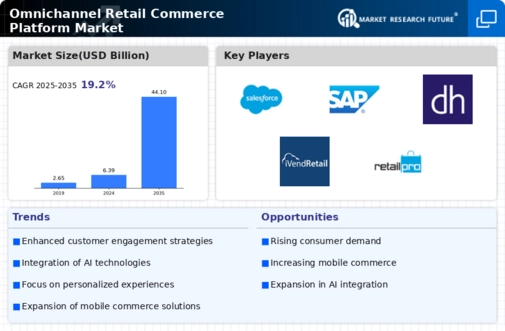
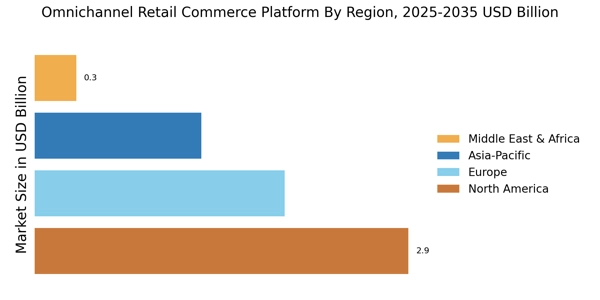
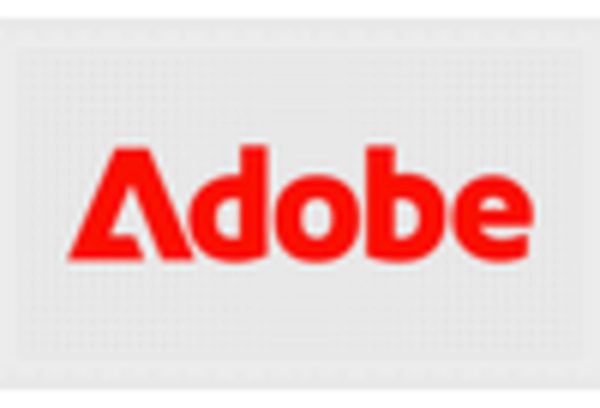
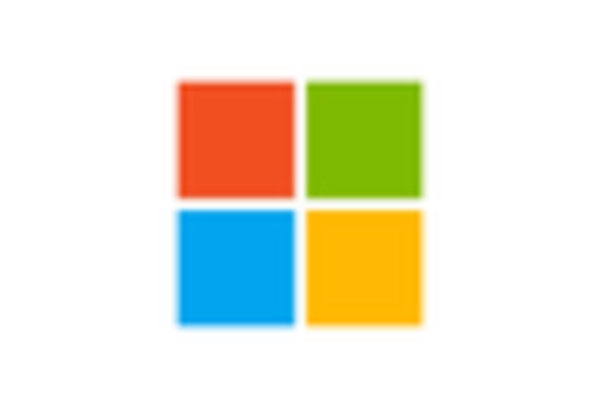

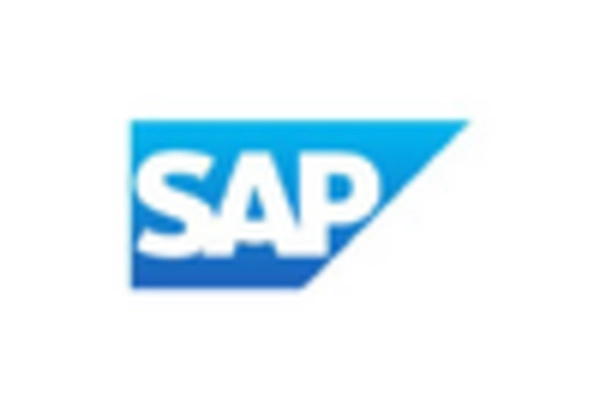
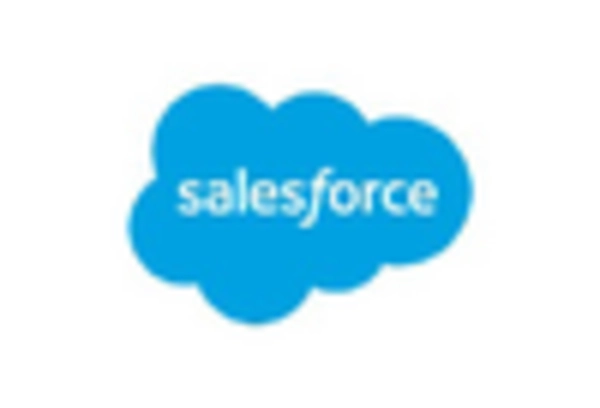









Leave a Comment